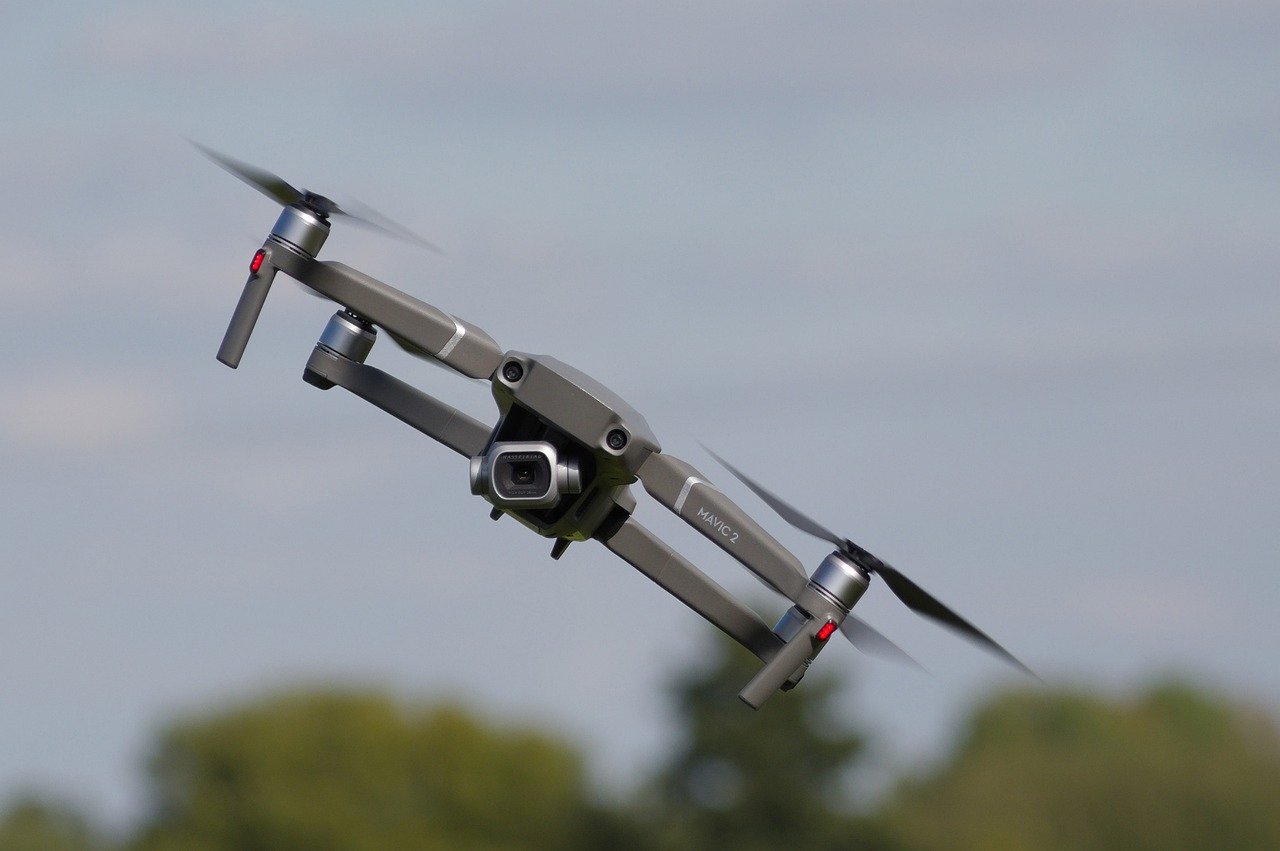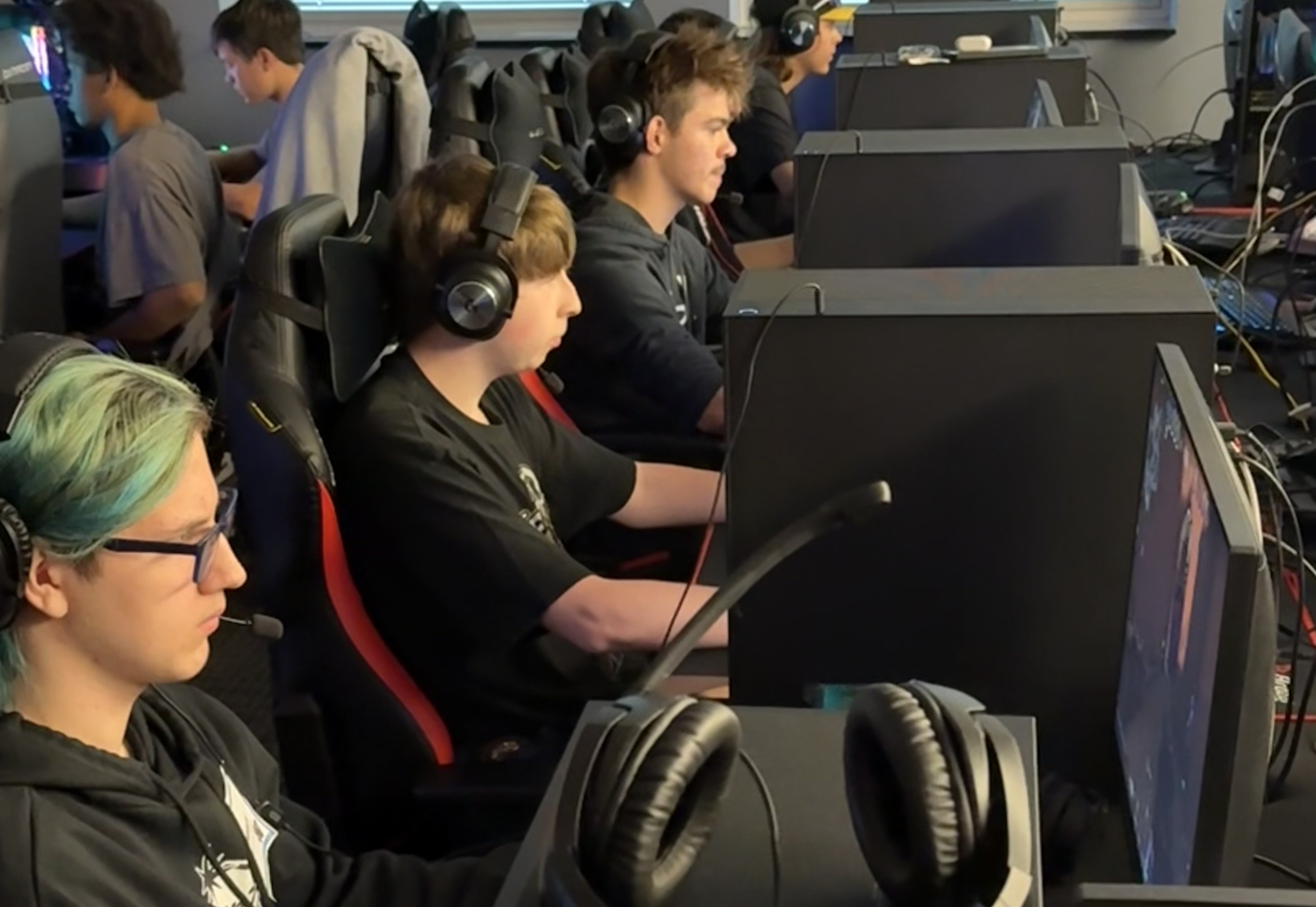Teaching With Drones: 6 Skills Students Can Learn
Students learn coding, math, physics, cybersecurity, and other STEM lessons while becoming drone pilots.

When it comes to teaching STEM, nothing quite beats the wow factor drones provide, says Henzé Gustave.
Gustave is the former chief metaverse officer and a drone education expert at Drone Cadets. He is also the founder of Skyhound Group LLC, a newly launched drone pilot training organization that is set to work with students across the globe. He has worked with students and educators across the U.S. and internationally to help teach about everything from coding, math, engineering, and physics to cybersecurity and teamwork.
Drones are increasingly used in agriculture, mining, search and rescue operations, and for tasks as diverse as helping power companies perform inspections on power lines. By learning about drones, students can become drone pilots and get real-world job training for these industries, plus the lessons learned while working with drones can be applied to many other areas beyond aviation, Gustave says.
Interest in all things drone-related recently saw an uptick thanks to a string of mysterious sightings that captivated the nation. These incidents started in New Jersey, but strange drone sightings were soon reported in other states. Theories about the origins of these unidentified devices range from government hijinks to mass hysteria to aliens, of course.
Secret government or alien drones aside, regular everyday drones have a lot to offer in terms of learning. Here are some of the things drones can teach students.
1. Teaching With Drones: Hands-On Building
Drone education is more hands-on than some standard computer science classes. In Gustave’s programs, students use kits to assemble their own drones. Even students who have some dexterity issues tend to enjoy this process, he says.
“We've seen an overwhelmingly great response to it because it allows the students to fully understand the functionalities of each component and understand how it works together,” he says.
Tools and ideas to transform education. Sign up below.
2. Coding
Using drones to reinforce coding lessons is a great way for students to see the power of programming and how it influences the real world.
“We're in this digital world, and coding is one of those skill sets everyone should have,” Gustave says.
Drones help students learn block coding and other coding languages as they complete various drone missions. “We gave these students a task of get from point A to point C while avoiding point B,” he says.
3. Engineering
Students completing drone missions learn about coding but also about physics and math, Gustave says, as both core engineering principles are required to calculate what will make the drone perform at its best. For instance, maybe they can remove some components from a drone to make it lighter and therefore potentially move faster.
“We even teach them about the different voltages on the drones so that they understand what voltages are needed for the components that they're putting together,” Henze says.
4. Cybersecurity
“The drones are flying computers,” Henze says, which makes the devices a great vehicle to teach about cybersecurity.
“We teach the students how to find those little vulnerabilities, how to patch them up, and learn the basics of cybersecurity,” Henze says. “And they can take that skill set outside of the drone world and apply it to the greater cybersecurity space.”
5. Teamwork
Part of all these lessons is the equally important skill of students learning collaboration and teamwork.
“They're working together to solve a problem,” he says. This can be enhanced through the friendly competitive nature of things such as drone races.
“There's that excitement, you know, the team camaraderie and just bragging rights as well, being able to win a race,” he says.
6. Communicating Expertise
A bonus skill of late for students familiar with drones is that they can help explain what exactly has been happening in the night skies over New Jersey and elsewhere by explaining what conventional civilian drones can and cannot do.
Gustave says these drone sightings have sparked interest among drone students with whom he works. “They are very much more interested now because they have a sense of expertise,” he says. “They can properly articulate a little bit of what's going on to their parents or their friends.”
Erik Ofgang is a Tech & Learning contributor. A journalist, author and educator, his work has appeared in The New York Times, the Washington Post, the Smithsonian, The Atlantic, and Associated Press. He currently teaches at Western Connecticut State University’s MFA program. While a staff writer at Connecticut Magazine he won a Society of Professional Journalism Award for his education reporting. He is interested in how humans learn and how technology can make that more effective.

